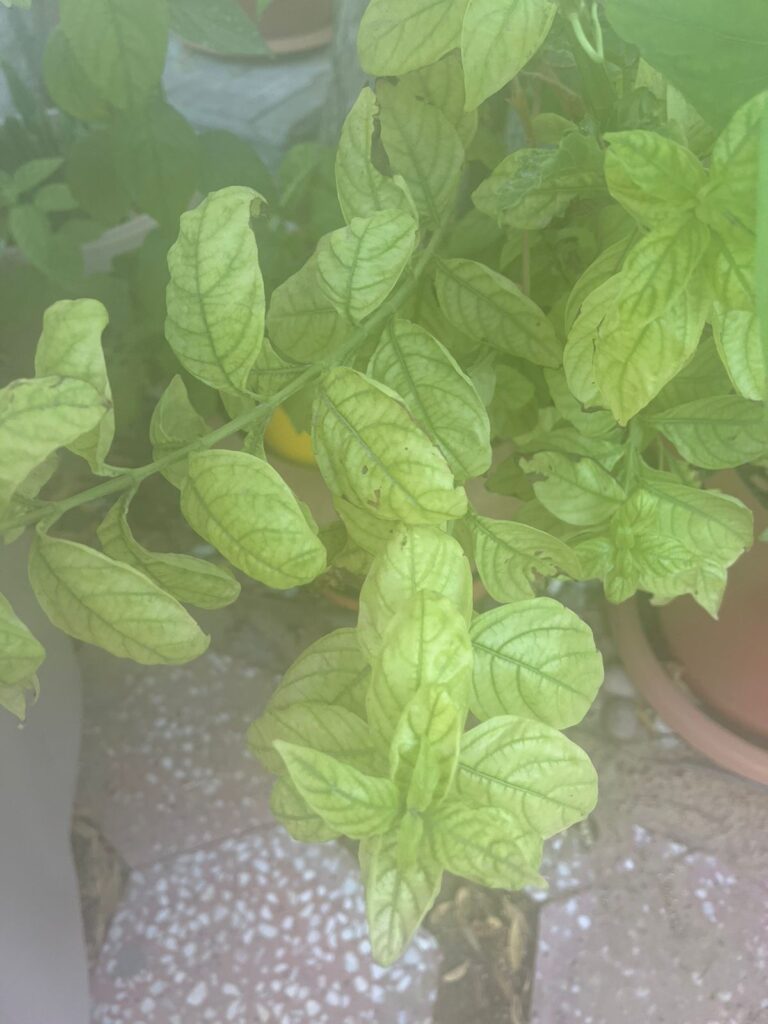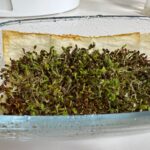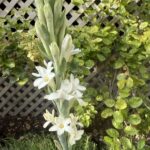Why iron is so important for our plants and natural sources of Iron!
Our garden requires 16 crucial elements to be healthy and productive. Apart from NPK one of the more important micronutrients is Iron. It is possibly one of the most noticeable deficiencies in our plants and can easily be fixed. Faded and pale-looking leaves with dark green veins are a clear sign of iron deficiency. You will also notice that the new leaves are very pale while the older ones are darker.

Iron (Fe) is very important for the growth and health of the plant. It plays an essential role in metabolic processes such as DNA synthesis, energy transfer, respiration, and photosynthesis. In short, iron helps carry important elements through a plant’s circulatory system, just like iron is essential to humans for helping to carry oxygen around the body. Without iron, a plant can’t produce chlorophyll and consequently can’t get oxygen. Therefore, one of the symptoms of iron deficiency -or iron chlorosis- in plants is the development of yellow or very pale leaves with dark green veins.

Many different factors can impact the amount of iron and its availability in soil. For instance, we know that high pH, bicarbonate content, and low soil temperatures reduce iron availability. Water excess (particularly in acidic soils) and compacted or poorly aerated soils can also decrease iron availability. On the other hand, the surplus of certain elements (zinc, phosphorus) can reduce the iron uptake of the plant. The soil here leans towards alkalinity, so we need to make sure we deliver iron supplements to our garden. Over-fertilization also causes the various elements to get locked and unavailable to the plant.
Remedies:
Do use Humic acid twice a season as a soil application to neutralize Ph and make the elements available to the plants.
Do add home compost to your soil and aerate regularly.
Use sesame oil cakes as a fertilizer to add iron to your soil. You can find the method of using oilcakes at the following link.
Use FFJ made with beetroot to deliver iron and micronutrients to your plants. You can use foliar spray in winter and soil application in summer. You can go to this link to find the recipe.







Recent Comments